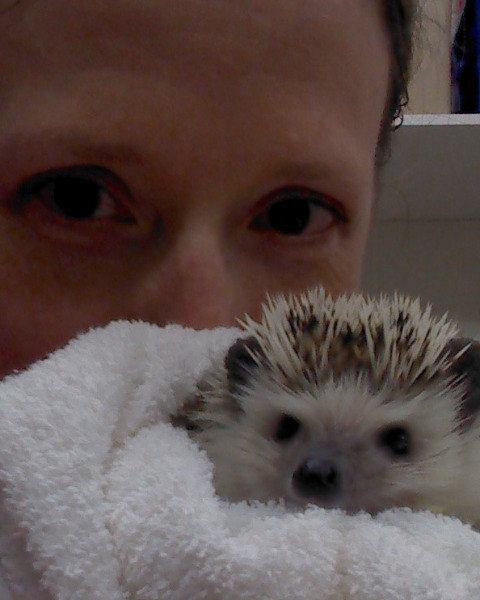Back
Wake Me up Before You Go-go: Considerations and Preparation for Anesthetic Recoveries
Small Animal
Large Animal
Anesthesia
Allied Medicine
Technicians
Wake Me up Before You Go-go: Considerations and Preparation for Anesthetic Recoveries
Integrative Approaches To Team-Centered Perianesthetic Care
Saturday, October 15, 2022
3:00pm – 3:45pm
Location: B113-114

Katrina S. Lafferty, BFA, RLAT, CVT, VTS (Anesthesia/Analgesia)
University of Wisconsin-Madison Veterinary Medical Teaching Hospital
Verona, Wisconsin
Speaker(s)
Induction and recovery make up the most critical parts of the anesthetic period. At induction, patients are more appropriately monitored, more staff is on hand, and emergency protocols are in place. What about recovery situations? Often patients are left unattended or with minimal monitoring once they are extubated. This lecture covers how to prepare for anesthetic recoveries in a myriad of situations from “routine” cases such as castrations and orthopedic procedures to complicated abdominal, cardiac, and respiratory cases. Appropriate post-operative monitoring and pain management is covered. Discussions also include how to deal with anesthesia/surgical/breed related complications to anesthetic recoveries. Lastly, this presentation covers how to set up a recovery area in preparation for anesthetic emergencies.
Learning Objectives:
- Understand rationale and apply appropriate post-operative monitoring techniques for all anesthetic recoveries
- Understand and prepare for anesthesia-related complications (ie regurgitation, hypothermia, dysphoria, prolonged recoveries, etc), surgery-related complications (hypovolemia due to hemorrhage, pain, etc), and patient-related complications (breed specific issues, pre-existing conditions, etc)
- Be able to prepare for quick and decisive action in emergency situations such as respiratory arrest, cardiac arrest, severed endotracheal tube, dehiscence, and others
